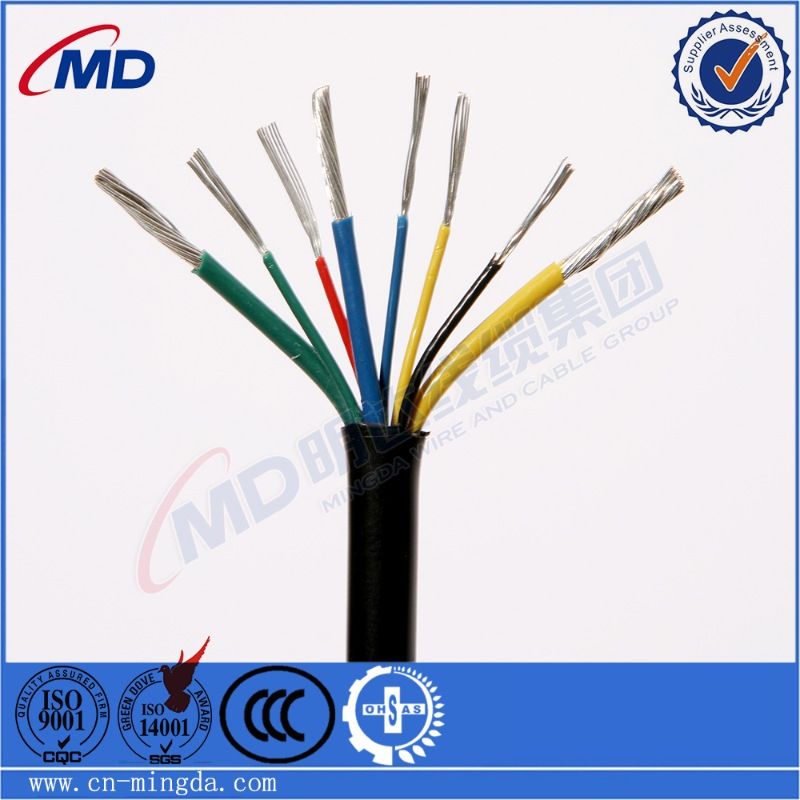Aug . 28, 2024 11:41 Back to list
Unidirectional Knife Gate Valve - Efficient Flow Control Solutions
Understanding the Unidirectional Knife Gate Valve
Unidirectional knife gate valves are specialized valves designed to manage the flow of liquids and slurries in various industrial applications
. Their unique design and functionality set them apart from conventional valves, making them an essential component in many sectors, including wastewater treatment, mining, and chemical processing.At the heart of the unidirectional knife gate valve is its simplicity paired with effectiveness. The valve features a knife-like blade that cuts through materials, allowing for a clean shut-off. This design is particularly beneficial in applications where the media contains solids, such as slurries or debris-laden liquids. The knife edge acts not just as a gate but also as a slicing mechanism, preventing the clogging that often plagues traditional gate valves.
One of the primary advantages of using unidirectional knife gate valves is their ability to maintain a tight seal when closed. The valve's construction ensures minimal leakage, which is crucial in preventing product loss and protecting the environment from contamination. This quality is especially significant in sectors like wastewater treatment, where even small leaks can have serious repercussions.
From an installation perspective, unidirectional knife gate valves are user-friendly. They can be installed in various orientations, making them adaptable to different piping configurations. Additionally, their lightweight design reduces the load on supporting structures, contributing to overall system efficiency.
vnidirectional knife gate valve

Maintenance is another significant factor that favors the use of knife gate valves. They typically require less maintenance compared to other valve types, largely due to their simple design. Regular inspections can ensure that the blade remains sharp and operational, maximizing the valve's longevity. In industries where uptime is critical, such reliability is invaluable.
However, it is essential to choose the right specifications for unidirectional knife gate valves based on the application. Factors like pressure rating, temperature, and the type of media being handled influence the choice of materials and valve design. Therefore, consulting with manufacturers or engineers who specialize in valve technology is recommended to ensure optimal performance.
Moreover, while unidirectional knife gate valves provide numerous benefits, they also have limitations. They are primarily suitable for on/off services and may not be ideal for throttling applications. Users should evaluate their specific needs to determine if this type of valve meets their operational requirements.
In conclusion, unidirectional knife gate valves are increasingly becoming the go-to choice for many industries looking for reliable and efficient flow control solutions. Their ability to manage slurries effectively while providing a secure shut-off is unparalleled. As technology advances, we can expect further innovations in valve design, enhancing their performance and expanding their applications.
Share
-
Reliable Wafer Type Butterfly Valves for Every IndustryNewsJul.25,2025
-
Reliable Flow Control Begins with the Right Ball Check ValveNewsJul.25,2025
-
Precision Flow Control Starts with Quality ValvesNewsJul.25,2025
-
Industrial Flow Control ReliabilityNewsJul.25,2025
-
Engineered for Efficiency Gate Valves That Power Industrial PerformanceNewsJul.25,2025
-
Empowering Infrastructure Through Quality ManufacturingNewsJul.25,2025